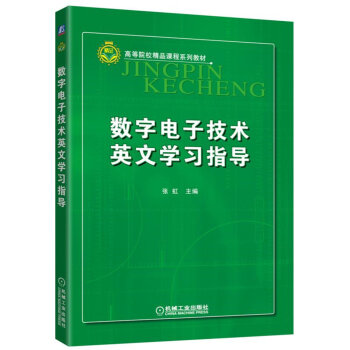

具体描述
编辑推荐
适读人群 :高等院校电气工程、计算机科学与技术、控制科学与工程、电子信息工程、生物医学工程等主要与Thomas L. Floyd主编的《Digital Fundamentals》配套使用,也可用于其他英文电子技术教材的学习指导。
西安交通大学重点教材
内容简介
本书是为配合数字电子技术双语和全英文教学的需要而编写的,主要与Thomas L. Floyd主编的《Digital Fundamentals》配套使用,也可用于其他英文电子技术教材的学习指导。书中各章对基本概念、主要知识点和重要内容进行了概括和总结,给出了专业词汇的英汉对照,并提供了自测题和综合性较强的习题供读者练习,同时提供全部习题答案。另外,本书选录了西安交通大学近年来数字电子技术双语课程考试题,供读者参考。本书共8章,语言以英文为主。内容包括Digital Basics,Integrated Circuit Technologies,Combinational Logic Circuits and Functions,Latches&Flip-; Flops&Timers;,Counters & Shift Registers,Memory and Storage,Programmable Logic Devices,A/D and D/A Conversions。
本书可作为高等院校电气工程、计算机科学与技术、控制科学与工程、电子信息工程、生物医学工程等专业本科生数字电子技术双语和全英文课程的辅导教材,也可作为教师教学及相关技术人员的参考用书。
目录
前言Chapter 1 Digital Basics 1
1.1 Key knowledge 1
1.1.1 Number systems, operations and codes 1
1.1.2 Logic gates 4
1.1.3 Laws and rules of Boolean algebra 5
1.1.4 Various logic descriptions 5
1.1.5 Simplifying the Boolean expressions 6
1.2 Key terms 7
1.3 Self-test questions 8
1.4 Problems and solutions 12
Chapter 2 Integrated Circuit
Technologies 21
2.1 Key knowledge 21
2.1.1 Fixed-function integrated circuit 21
2.1.2 Basic operational characteristics and
parameters 21
2.1.3 CMOS and TTL integrated gate
circuits 23
2.1.4 Open-collector gates 24
2.1.5 Tristate gates 26
2.1.6 Practical considerations 26
2.2 Key terms 27
2.3 Self-test questions 28
2.4 Problems and solutions 30
Chapter 3 Combinational Logics and
Functions 39
3.1 Key knowledge 39
3.1.1 Combinational logic analysis and
design 39
3.1.2 Adders 39
3.1.3 Comparators 40
3.1.4 Decoders 41
3.1.5 Encoders 44
3.1.6 Multiplexer 45
3.1.7 Demultiplexers 46
3.2 Key terms 47
3.3 Self-test questions 48
3.4 Problems and solutions 51
Chapter 4 Latches, Flip-Flops,
and Timers 64
4.1 Key knowledge 64
4.1.1 Latches 64
4.1.2 Edge-triggered flip-flops 68
4.1.3 Timers 73
4.2 Key terms 77
4.3 Self-test questions 78
4.4 Problems and solutions 81
Chapter 5 Counters and Shift Registers 92
5.1 Key knowledge 92
5.1.1 Asynchronous counters 92
5.1.2 Synchronous counters 94
5.1.3 Up/down synchronous counters 95
5.1.4 Cascaded counters 96
5.1.5 Shift registers 97
5.2 Key terms 99
5.3 Self-test questions 100
5.4 Problems and solutions 104
Chapter 6 Memory and Storage 116
6.1 Key knowledge 116
6.1.1 Memory basics 116
6.1.2 The random-access memory 118
6.1.3 The read-only memory 121
6.1.4 The flash memory and special types
of memories 122
6.1.5 Memory expansion 123
6.2 Key terms 123
6.3 Self-test questions 124
6.4 Problems and solutions 126
Chapter 7 Programmable Logic
Devices 135
7.1 Key knowledge 135
7.1.1 Introduction to programmable logic 135
7.1.2 SPLDs 137
7.1.3 CPLDs 140
7.1.4 FPGAs 141
7.2 Key terms 144
7.3 Self-test questions 145
7.4 Problems and solutions 147
Chapter 8 A/D and D/A Conversions 158
8.1 Key knowledge 158
8.1.1 Converting analog signals to digital 158
8.1.2 Converting digital signals to analog 160
8.2 Key terms 161
8.3 Self-test questions 161
8.4 Problems and solutions 163
Appendix Examination Papers and
Answers 174
Appendix 1 174
Appendix 2 182
Appendix 3 189
Answers to the Examinations 194
Appendix 1 194
Appendix 2 197
Appendix 3 200
References 203
前言/序言
随着高等教育迈向国际化,开设双语和全英文课程已成为高校教学中一个重要的发展方向。数字电子技术作为电子、通信、计算机等相关专业的一门重要的基础课程,具有知识技术更新快、实践性强等特点。学生在课程学习、电子产品研发等诸多方面都不可避免地需要阅读大量的英文资料和技术手册,因此数字电子技术实施双语和全英文教学既是数字时代的迫切需求,也有利于提高学生的专业技能和国际竞争力。目前绝大多数高校开设的英文课程均选用国外原版英文教材,在突出理论与工程实际紧密结合的同时,可使学生更熟练地运用英语。但是,英文教材普遍存在篇幅过长,学生难以把握重点和难点的问题。另外,在习题的难度和综合性方面难以与中文教学要求相匹配,给实验教学和今后学生考研都可能带来一定困难。此外,目前针对英文教学的辅导教材匮乏,学生学习和备考均感觉难以把握方向。
针对上述问题,本书以英文教材为主线,同时兼顾中文教学大纲的要求和难度编写。本书主要是为了配合ThomasL.Floyd主编的电气工程类优秀国外原版教材《DigitalFundamentals》而编写的教学指导书,但同时也参照中文教材的编排对部分章节和内容进行了整合,既兼顾了英文教材的重要内容,同时也考虑到了中文教学的特点和要求。
本书共分八章,每章首先对基本概念、主要知识点和重要内容进行总结和提炼,以简练的文字帮助学生厘清思路,抓住重点。之后,给出了该章涉及的主要专业词汇的英汉对照,以帮助学生阅读英文教材,同时避免出现学了英文看不懂中文的问题。在习题部分,将一些考查基本概念、基本知识点、内容相对单一的问题作为自测题,以帮助学生自我检测对相关内容的掌握情况;将具有一定综合性和难度的问题放在习题部分,供教师布置作业和学生练习使用。本书同时提供了所有自测题和习题的答案,以便学生自学。最后,本书选录了部分全英文试卷,以帮助学生了解考试的常见题型、考核的主要知识点和内容。
本书由张虹编写,林显丰进行语言润色。对于给予指导和帮助的所有专家和参与编辑工作的老师和研究生,在此表示衷心的感谢。
限于时间和水平,书中难免存在不妥之处,恳请读者批评指正。
编者
用户评价
我一直认为,要想真正掌握一门技术,就必须能够阅读和理解该技术领域的第一手资料,而对于数字电子技术而言,这意味着要能够流利地阅读英文文献。虽然我具备一定的数字电子技术基础知识,但当我尝试阅读英文的 datasheets 或技术论文时,常常会因为晦涩的语言和专业术语而感到力不从心。我曾寄希望于一些翻译软件,但它们往往会丢失很多细微的技术含义,而且在理解整个技术逻辑时也显得力不从心。因此,我一直在寻找一本能够真正帮助我提升数字电子技术英文阅读能力的“指导”性书籍。我特别希望这本书能够系统地讲解数字电子技术中的核心英文词汇和短语,并能够解释这些词汇在不同语境下的含义。更重要的是,我期待这本书能够提供一些实用的阅读技巧和方法,比如如何分析英文技术文档的结构,如何理解图表和公式中的英文标注,以及如何快速识别和记忆关键术语。我相信,一本优秀的英文学习指导,能够极大地提高我的学习效率,让我能够更深入地理解数字电子技术的内涵,并为我未来在更广泛的国际技术社区中交流和学习打下坚实的基础,让我能够从“被动接受”走向“主动探索”。
评分作为一个对数字电子技术领域充满热情的爱好者,我一直渴望能够深入了解这个领域的英文知识。然而,我常常被各种陌生的英文缩写、专业术语以及晦涩的句子结构所困扰。我尝试过自己去查阅一些英文资料,但往往因为语言的障碍而感到沮丧,难以真正理解其精髓。我特别希望有一本书能够为我提供一条清晰的学习路径,让我能够循序渐进地掌握数字电子技术领域的英文知识。我期待这本书能够不仅仅是提供一个冰冷的词汇列表,而是能够深入浅出地讲解那些关键的英文概念,并辅以生动的例子和解释,让我能够真正理解它们在数字电子技术中的含义和应用。我希望这本书能够帮助我建立起一套自己的英文术语记忆和运用体系,让我能够更自信地阅读英文技术文献,甚至能够用英文与同行进行交流。这本书的出现,对我来说,就像是为我指明了一个方向,让我不再迷失在英文技术知识的迷雾中,而是能够清晰地看到前方的道路,并充满信心地迈出坚实的步伐,去探索更广阔的知识领域。
评分最近我在为我的一个工程项目寻找技术资料,需要大量阅读英文的datasheet和研究论文。作为一名在职工程师,时间对我来说非常宝贵,我急需一本能够快速提升我英文技术阅读能力的书籍。我之前也接触过一些英文技术书籍,但很多都是直接翻译国内教材,显得生硬且不实用,或者是一些非常专业的学术著作,门槛太高,让我望而却步。我对于“数字电子技术英文学习指导”这个书名非常感兴趣,因为它暗示了一种“指导”性的学习方式,而不是仅仅提供堆砌的词汇和语法。我希望这本书能够提供一些实用的学习策略,比如如何根据上下文猜测词义,如何理解不同类型的技术文档结构,以及如何有效地记忆和运用专业词汇。我甚至期待它能包含一些常见的数字电子技术英文缩略语的解释和使用场景,这对于快速浏览和理解文档会非常有帮助。我更希望这本书能够有一些案例分析,通过实际的英文技术文档片段,来演示如何运用书中的方法进行学习和理解,这样会更加直观和有启发性。这本书的价值在于能否帮助我突破英文技术文献的阅读障碍,从而更快速、更准确地获取我所需的技术信息,为我的项目攻克难关提供有力的支持。
评分一直以来,我对电子技术领域充满了好奇,尤其是在数字化浪潮席卷全球的今天,掌握相关的知识显得尤为重要。然而,语言的障碍始终是我前进道路上的一块绊脚石。我曾尝试过阅读一些国内的教材,虽然理论知识讲解得很透彻,但很多术语和概念的英文表达却常常让我一头雾水,更别提直接阅读英文原版文献了。因此,当我偶然得知有这样一本《数字电子技术英文学习指导》时,我的内心是激动不已的。我设想,这本书一定能成为我连接中英文数字电子技术知识桥梁的绝佳工具。我期待它能提供一套系统性的方法,帮助我理解那些在中文教材中可能被简化或一带而过的英文专业术语,并能学习到地道的英文表达方式,以便将来能够更自信地查阅海量的英文技术资料,甚至参与国际化的项目讨论。这本书的出现,对我而言,不仅仅是学习一门技术,更是开启了一扇通往更广阔知识海洋的大门。我坚信,有了这本书的指引,我将能更高效、更深入地掌握数字电子技术的精髓,并为未来的学习和职业发展打下坚实的基础,告别“纸上谈兵”的困境,真正做到理论与实践的有机结合,将抽象的概念转化为具象的理解。
评分我在大学期间就对数字电子技术产生了浓厚的兴趣,但当时主要的学习资源都集中在中文领域。毕业后,随着接触的领域越来越广,我发现很多前沿的技术信息和最新的研究成果都以英文形式发表。我一直想提升自己在数字电子技术英文方面的能力,但总是觉得无从下手。市面上有很多英文词汇书,但它们往往过于笼统,缺乏针对性。而一些数字电子技术教材,虽然内容专业,但学习起来却像在啃一本厚厚的字典,效率非常低下。所以,当我看到《数字电子技术英文学习指导》这本书时,我眼前一亮。我非常好奇这本书是如何“指导”学习的。它会不会提供一些学习框架,帮助我系统地梳理数字电子技术中的英文术语?它会不会介绍一些学习技巧,让我能够更有效地记忆和理解这些术语?我更希望这本书能够帮助我理解英文技术文档的逻辑结构,以及不同类型文档(如应用笔记、技术报告)的特点,从而使我在阅读时能够事半功倍。我期待这本书能够成为我的“秘密武器”,让我能够自信地遨游在数字电子技术的英文文献海洋中,不断吸收新的知识,保持自己在技术领域的竞争力。
相关图书
本站所有内容均为互联网搜索引擎提供的公开搜索信息,本站不存储任何数据与内容,任何内容与数据均与本站无关,如有需要请联系相关搜索引擎包括但不限于百度,google,bing,sogou 等,本站所有链接都为正版商品购买链接。
© 2025 windowsfront.com All Rights Reserved. 静流书站 版权所有

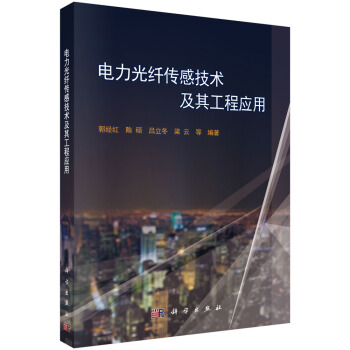
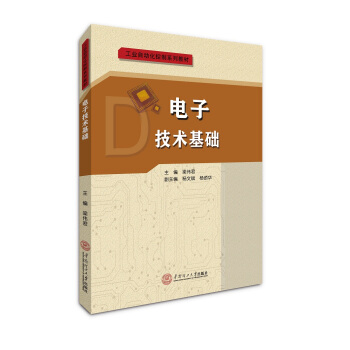


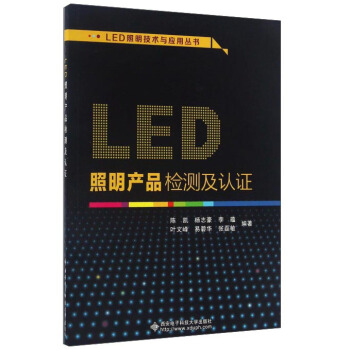

![宽带无线通信 [Broadband Wireless Communications] pdf epub mobi 电子书 下载](https://pic.windowsfront.com/12007699/582c3810N4fa3518c.jpg)
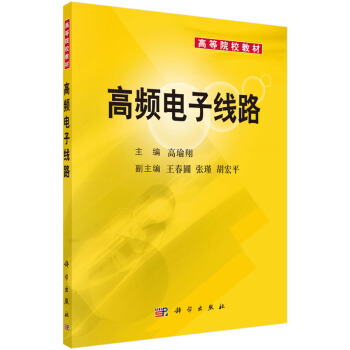
![基于机抖激光陀螺信号频域特性的SINS动态误差分析与补偿算法研究 [Research on SINS Dynamic Errors and Compensation Algorithms Based on Signal Frequency Domain Characteristics of Dither RLG] pdf epub mobi 电子书 下载](https://pic.windowsfront.com/12008168/57c7f801N16d454ff.jpg)
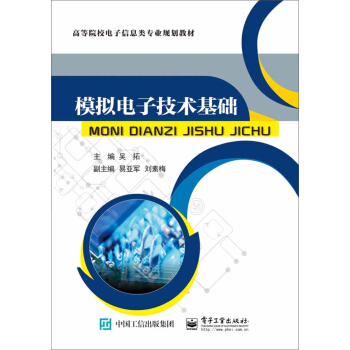
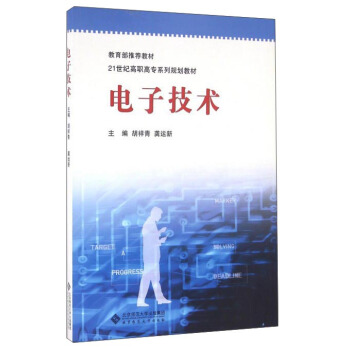
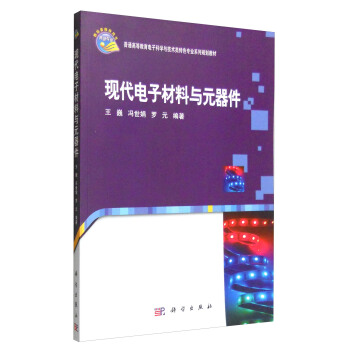
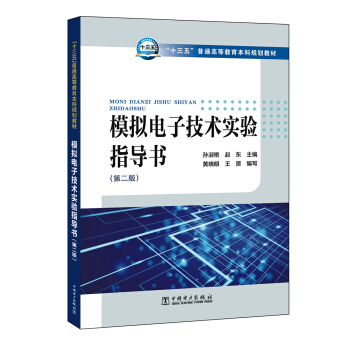
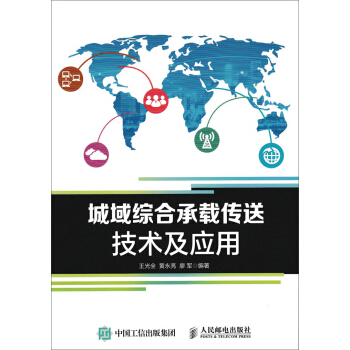



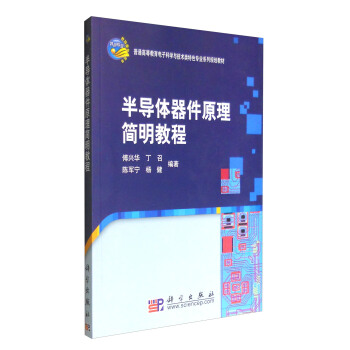
![VHDL及数字电路验证 [VHDL and Digital Circuit Verification] pdf epub mobi 电子书 下载](https://pic.windowsfront.com/12011709/583b982dN8b2492b1.jpg)
